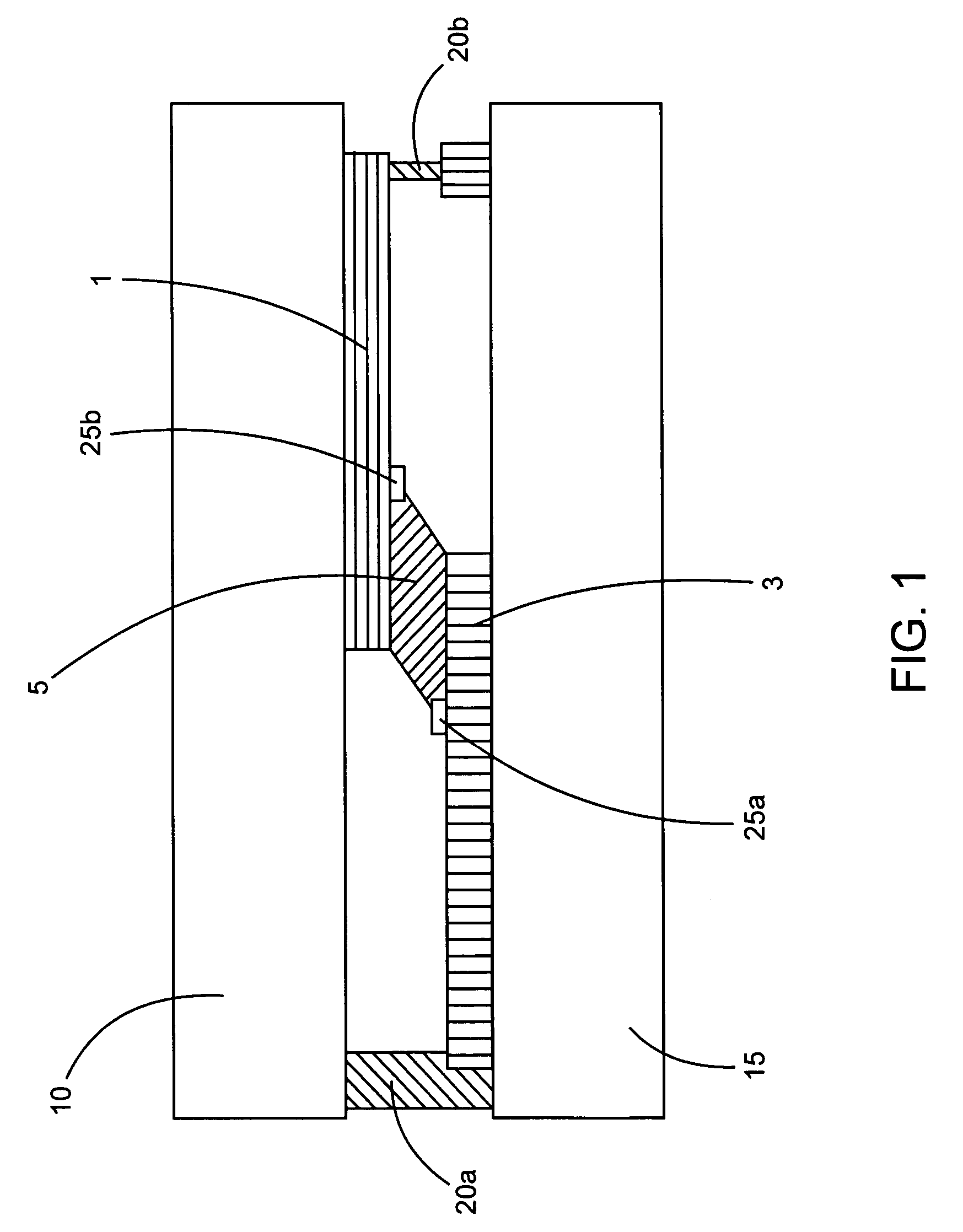Hot-melt adhesive
a technology of adhesives and hot-melt, which is applied in the field of adhesives, can solve the problems of high load level of current commercial hot-melt adhesives, joint sensitive to temperature, moisture, and other environmental effects,
- Summary
- Abstract
- Description
- Claims
- Application Information
AI Technical Summary
Benefits of technology
Problems solved by technology
Method used
Image
Examples
example 1
Preparation of Hot-Melt Adhesive Compositions
[0050]Grafted polyolefin (MAgPP or MgPP) and antioxidant (Igranox™ MD1024)), together with PP and other polymer based additives if desired, are charged to a pre-heated Brabender™ mixer at 200° C. to be fully melted. Reactive filler, and other additives if desired, is then added and the mixture homogenized for 5-10 minutes to form the hot-melt adhesive composition. Films (100 micron thickness) of the resultant hot-melt adhesive composition are prepared by compression molding at 180° C. on a Wabash™ machine.
example 2
Single Overlap Shear Joining
[0051]In subsequent examples, single overlap shear bonding was used for joining two substrates with a hot-melt adhesive of the present invention. Referring to FIG. 1, a single overlap shear joining process is depicted in which a first substrate (1), for example PP / GF composite, is joined to a second substrate (3), for example common steel, by a hot-melt adhesive (5). Joining temperature is controlled by an upper hot-plate (10) and a lower hot-plate (15) such that the temperature of the hot-melt adhesive (5) is above the adhesive's melt temperature. Pressure may be applied by an external means (not shown), for example by a weight, a press or any other suitable means. During joining at high temperatures, the adhesive (5) melts and flows, which may cause the substrates (1, 3) to move thereby resulting in poor alignment of the substrates. To mitigate against this problem, strips of thermally stable plastic tape (25a, 25b) wrapped around the substrates (1, 3) ...
example 3
MAgPP Adhesive—Effect of Type and Amount of Reactive Filler
[0052]Various hot-melt adhesive compositions based on a maleic anhydride graft polypropylene (MAgPP) (Polybond™ 3150) were formulated generally following the procedure outlined in Example 1. Each of the adhesives so prepared were used to bond a polypropylene / glass fibre (PP / GF) composite (Twintex™) substrate to a common steel substrate using the bonding procedure described in Example 2. The lap shear strength of each bond was measured using a 5500R Instron™ machine according to ASTM D3164-97. The various hot-melt adhesive compositions and the resulting lap shear strengths of the bonds formed by each adhesive are listed in Table 1.
[0053]
TABLE 1Amount of ReactiveLap ShearReactive FillerFiller (wt. %)Strength (MPa)None011.443Al2O3912.125Al2O31912.959Al2O32912.899Al2O33915.443Al2O34917.659Al2O35418.044Al2O35917.816Al2O36915.782aluminum metasilicate911.316aluminum metasilicate1912.75aluminum metasilicate2414.753aluminum metasilic...
PUM
| Property | Measurement | Unit |
|---|---|---|
| melt temperature | aaaaa | aaaaa |
| melt temperature | aaaaa | aaaaa |
| residence time | aaaaa | aaaaa |
Abstract
Description
Claims
Application Information
 Login to View More
Login to View More - R&D
- Intellectual Property
- Life Sciences
- Materials
- Tech Scout
- Unparalleled Data Quality
- Higher Quality Content
- 60% Fewer Hallucinations
Browse by: Latest US Patents, China's latest patents, Technical Efficacy Thesaurus, Application Domain, Technology Topic, Popular Technical Reports.
© 2025 PatSnap. All rights reserved.Legal|Privacy policy|Modern Slavery Act Transparency Statement|Sitemap|About US| Contact US: help@patsnap.com

